Peanuts most likely originate from South America. More than 3,500 years ago, the Incas used peanuts when they buried their dead so they could have food in the afterlife. Spanish explorers brought peanuts to Spain and from there they spread throughout Asia and Africa. Peanuts have become a common culture, especially in Africa where they are even considered to have a soul. The peanuts were taken to the United States from Africa, being transported on slave ships. Peanut consumption dramatically increased as a result of the American Civil War of the 1860s because both the northern and southern armies considered peanuts a valuable food product. Currently, peanuts are processed into various products and are used as an ingredient in many cuisines around the world.
Peanuts are legumes that grow on a plant below the ground. The plant that produces peanuts is unusual because the fruits grow extraordinarily fast. It takes between 120 and 160 days from the seed stage to harvest. The flower rises above the ground and, after it wilts, it extends its stem; it bends down and penetrates the soil. The seeds grow below the ground. Thus, the peanut is not harvested but removed by digging. Peanuts are not classified as peanuts but as legumes.
Peanut oil is used in the food industry, for cans, to make soaps, etc. Peanut oil has good nutritional value (it is rich in vitamin B1), but when stored improperly, it goes bad easily. After extracting the oil, the remains are used in the preparation of sweets and the whole seeds are consumed roasted or in different culinary preparations. As animal feed, they are sometimes used, being high in protein. The stems contain about 10% protein.
Globally, peanuts are grown on 25.5 million ha (Production Yearbook, 2001), the largest area being in Asia (13.6 million ha, of which India 8.2 million ha, China 4.6 million ha) and Africa (8.8 million ha). The largest peanut producer is China, followed by India, and Nigeria. Europe cultivates about 11 thousand ha in the southern countries.
Peanut farming climate and soil requirements
Peanuts have very high heat demands. The minimum germination temperature in the soil is 12-13°C. They bloom at 20°C, and during the vegetation period, they withstand temperatures of 35-40°C. At an average daily temperature of 12°C, the deposition of the substances in the grain stops. During the vegetation period (120 days for the early varieties and 200 days for the late ones), the sum of degrees is 3,000 – 4,000 ° C or even more.
The humidity requirements are higher until flowering, in the subtropical area, with intense evaporation, good yields are obtained only if during the first three months of vegetation about 500 mm of precipitation fall. Heavy rains reduce the thermal regime, decrease production and delay the ripening of fruits.
Light or even sandy soils, which allow gynophores to penetrate and grow fruit, with a neutral to alkaline composition (pH 6.5 – 7.5), are the most favorable for this plant. Peanuts are grown in tropical and subtropical areas, but through breeding, there have been created early varieties that mature to near the parallel 44° north latitude. Further north or south of the tropical area the fruits remain smaller and poorer in oil.
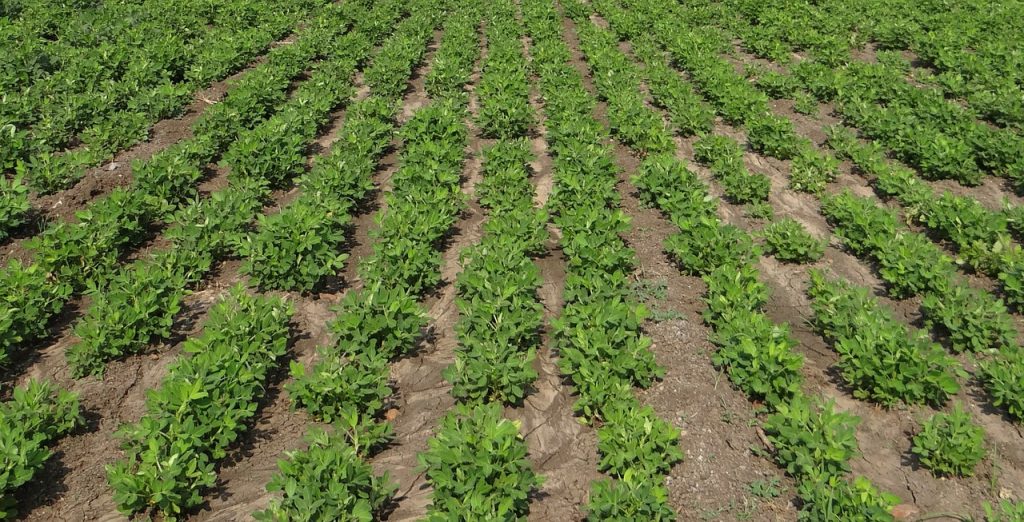
Basics about planting peanuts
Peanuts prefer a soil that contains a combination of sand and clay which allows the penetration of the gynophores to about 10 cm deep and the fruit development. The most favorable pH is 6.5-7.5.
Peanuts can be grown after any other culture except the legumes of which the family belongs to (peas, beans, lentils, chickpeas, soybeans, etc.)
In the northern hemisphere, the optimum period of sowing is between April 25 – May 5, when at the depth of sowing the temperature is at least 12 Celsius degrees and the weather is warming up. The optimum density is 10-12 plants / m2, depending on the variety of plants. It is recommended that the seeds are treated with insecticides and fungicides before sowing.
The plants usually appear after 10-12 days, depending on the daily temperatures. In the first 45 – 50 days the plants are susceptible to weeding because they have a low growth rate and it is necessary to remove the weeds or to do some hoeing.
Peanuts also love the sun. If there is heavy soil, good drainage must be ensured by adding enough organic matter into it to make it friable and loose. As for the seeds, they come in their shells and can be planted hulled or unhulled. If the seeds are shelled, the thin seed coverings that have a pinkish-brown color should not be removed, because the seeds need them to germinate.
Peanut farmers in colder areas should start the plantation process indoors, in large peat pots approximately a month before the last frost. Deep plastic bowls can also be used, that are filled with moist potting soil around 2/3. The shelled peanuts are placed on top of the soil and then covered with around one inch of soil. The seeds must be sowed about one inch deep in the sunniest spots available and they need water every week. The plants sprout quickly.
The peanut seedlings can be transplanted into the garden when the soil gets warmer and there is no threat of frost. The seedlings need to have enough space between them and the crown should not be buried into the ground.
In warm regions, farmers can plant peanuts outdoors directly around the date of the last frost. If the soil is not loose enough, sand and aged compost can be added to obtain the right consistency. The seeds should have around 5 inches between them in rows that are 2 to 3 feet apart. The soil should be firmed and the seeds well watered.
What’s important to know about peanuts is they have a long growing season (100-130 days when there’s no frost). To grow peanuts in colder regions, farmers should opt for early-maturing varieties such as the “Early Spanish” (it needs around 100 days to grow) and plant them on south-facing slopes if possible. It’s also possible to obtain a head start to the peanut season by planting them indoors 5 to 8 weeks before transplanting them outside. It’s also important to select a plot of land where the peanut culture receives full sun. Young plants can be covered with some plastic row covers to protect them from any spring frosts that may occur.
Planting techniques for peanuts can vary depending on the region. For example, farmers across the Peanut Belt in the USA plant them after the last frost, from April through May. Farmers usually use peanut kernels from crops of the previous year. Besides, pre-planting tillage ensures a well-prepared seedbed, rich in nutrients. For a good peanut crop, approximately 140-150 frost-free days are necessary.
The peanut seedlings rise out of the soil about 10 days after planting and they grow into green plants with oval leaves up to 18 inches tall. Unlike other plants, peanut plants have the flowers above the ground, but the fruits grow below the ground.
The yellow flowers emerge around the lower portion of the peanut plant around 40 days after planting. The plants can pollinate themselves. The flower petals fall off as soon as the peanut ovary begins to form.
Peanut growing basics
When the peanut plants reach a height of a foot, the earth around the plants should be hilled, similar to potato plants. This helps the soil become looser. The peduncles of the plants, which look like some long and pointed pegs grow from the faded flowers. These pegs will push down into the soil beside the peanut plants 1 to 3 inches down. The peanuts will form below the ground, at the end of each peg. A light layer of mulch, such as grass clippings or straw should be laid down on the ground to prevent the soil surface from becoming crusty. This way, the pegs will penetrate the soil easily.
Peanut plants usually require around one inch of water weekly. Because peanuts are legumes, they can supply their nitrogen, so fertilizers that have a high concentration of this substance should be avoided. Nitrogen encourages the formation of foliage rather than fruits. If the soil is well-prepare, it can provide all the nutrients the peanut plants need.
Peanut pegs are budding ovaries that enlarge and grow below and away from the plant. They form a small stem that extends to the soil. The peanut embryos, found at the tip of the pegs, turn horizontal to the soil surface and begin to mature while taking the form of a peanut. The peanut plants continue to grow and flower, producing around 40 or more pods. From the planting to the harvesting, the growing cycle of peanuts takes 4-5 months, depending on the type and peanut variety.
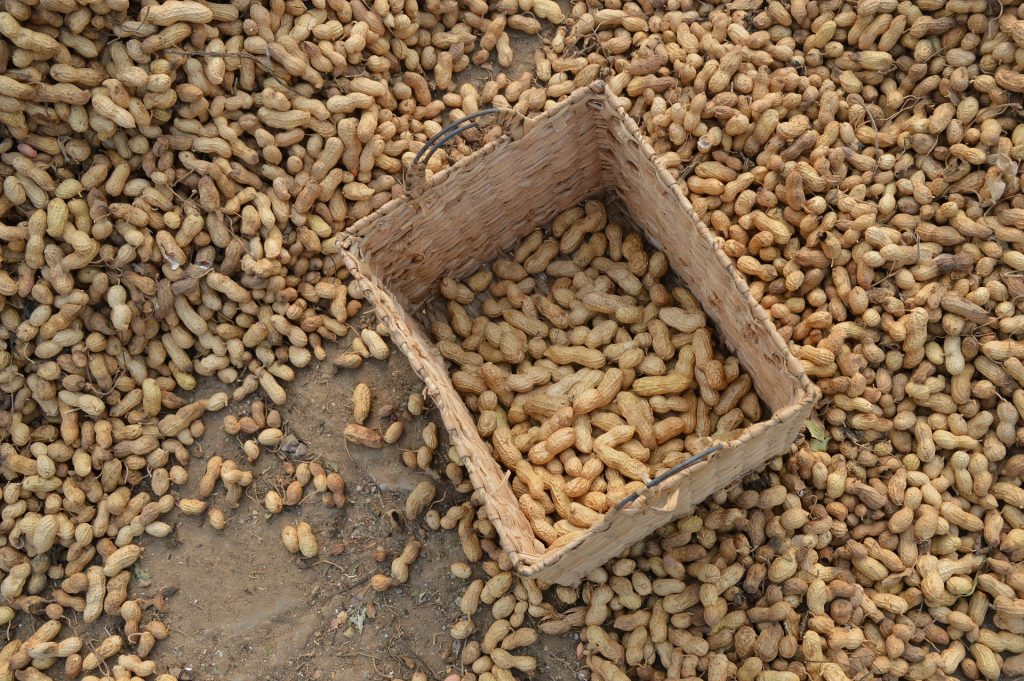
How to harvest peanuts
When the peanut plants are matured and the peanuts are ready for harvest, the soil should be not too wet or not too dry before digging. The plants are ready for harvest when the leaves turn yellow and the inner shells of the peanuts have golden-marked veins on them. Farmers check the peanuts regularly, by pulling some from the soil and shelling them. It’s important to not delay the harvest for too long, or the pegs will become brittle and the pegs will break off in the ground, making the harvest very difficult.
Diggers can be used up and down the rows of peanut plants to extract them from the soil. Diggers pull up the peanut plants, shake off any excess soil and the plants are laid back down in a “windrow”, with the leaves facing down and the peanuts on top. On small farms, manual harvesting can be done, by using spading forks.
Peanuts contain 25% to 50% moisture when they are first dug and need to be dried up to 10% or less moisture before they can be stored. Usually, peanuts are left in windrows for 2-3 days to air dry. Then, often a combine is used to separate the peanuts from the vines, placing them into a hopper on the top of the machine. The vines can be deposited back in the field as they are very good to nourish the soil. They can also be used as a nutritious livestock feed. The peanuts are placed into peanut wagons where they are further dried, using warm air that circulates through the wagons. Unshelled peanuts that are stored in airtight containers can be kept for up to a year.
Peanut uses in various industries
Peanuts can be consumed raw or roasted as well as the main ingredient for various products in the food industry. For a jar of peanut butter, a very popular food product especially in Northern America, about 540 peanuts are required.
Full peanuts are used raw or roasted for human consumption across the world and in some cultivating countries, they are considered a basic food. For example, in the Republic of Mali, people consume around 15 kilograms/year/person.
Peanuts are also ground and the resulting flour is used in combination with other cereals to make bread, pasta, biscuits, and other pastry products.
Peanuts are also used to extract oil which can be used on its own or in combination with other oilseed crops. Approximately half of the world’s peanut production is used for oil extraction. Peanut oil can be used for cooking, like salad oil or to produce other food products.
The remains resulted after the oil is extracted from the peanuts are high in proteins so they are a valuable resource for animal feed. Also, peanuts are used to make vegetable milk as a vegan alternative to animal milk.
Peanut uses vary in each cultivating country and on the type of peanuts that are grown. For example, to make peanut butter, some peanut varieties are better than others, while for raw consumption some varieties are better (usually Virginia peanuts are used more). Spanish peanuts are best to make sweets, while for oil extraction, peanuts with high-fat content are preferred.
Given the rather diverse uses of peanuts, they can be considered crops with good value, especially because it’s possible to obtain very high yields without using too many fertilizers and they can be planted in soils that have low production capacity, such as sandy soils.
The main disadvantages of growing peanuts are the harvesting which can be considered to be more difficult and ensuring proper storage conditions.


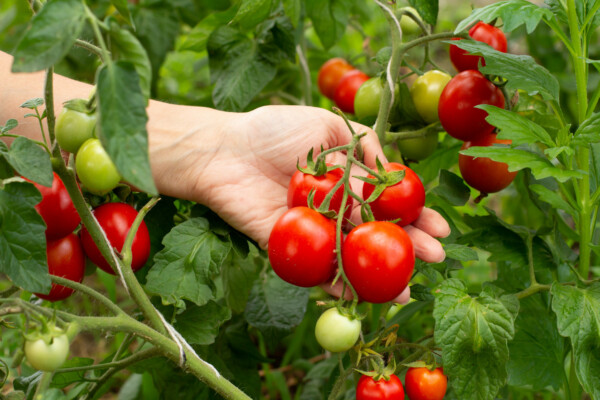
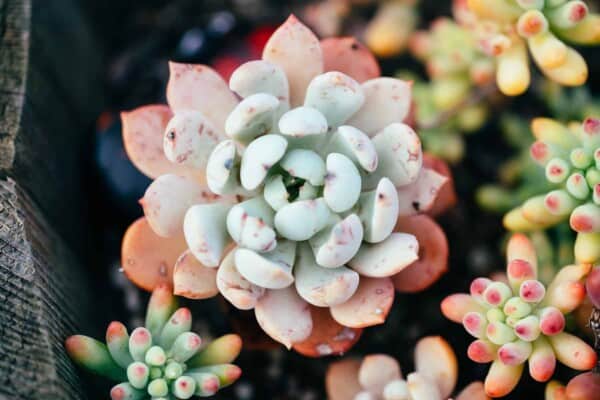
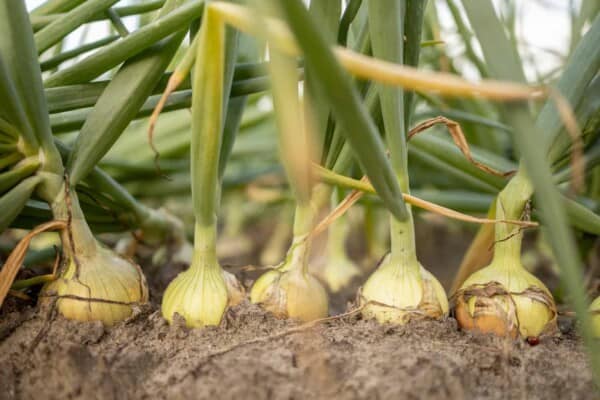

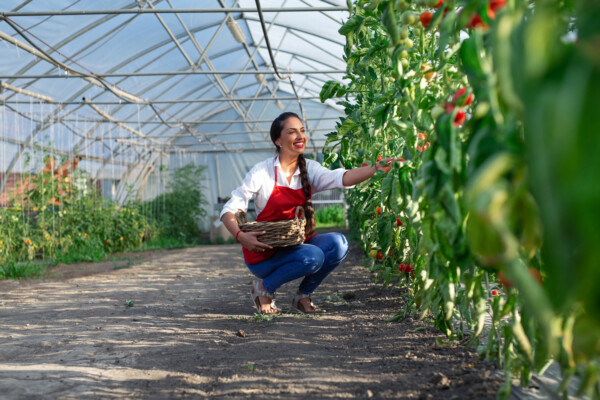
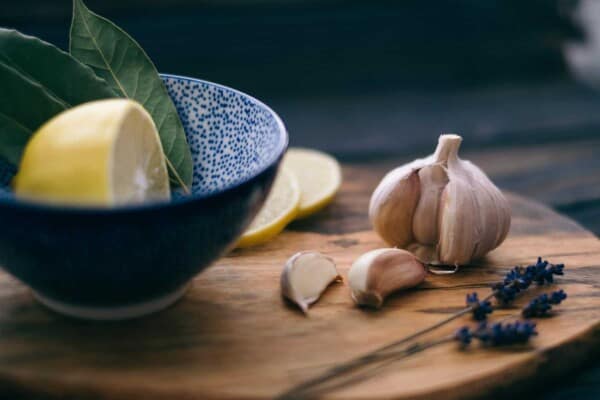
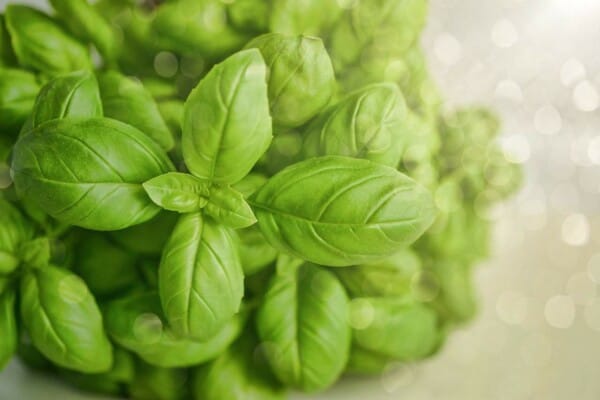

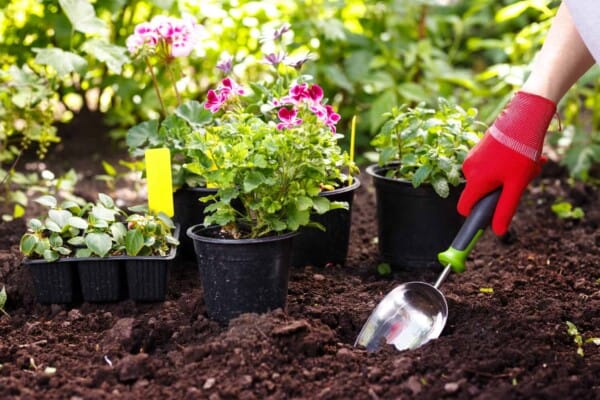
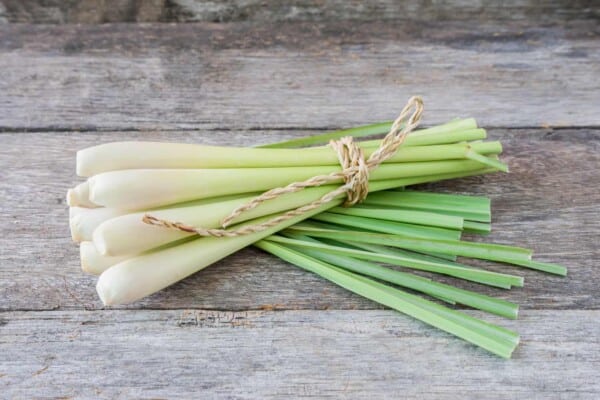
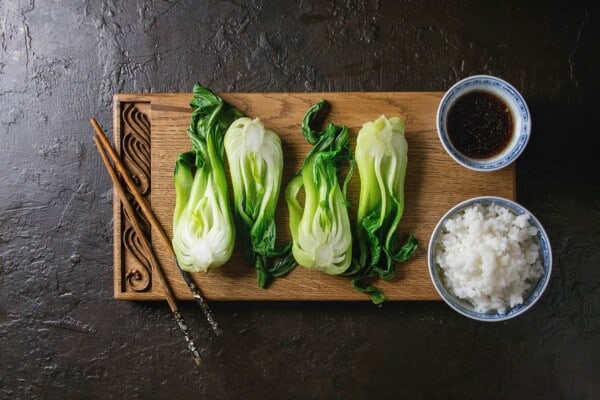
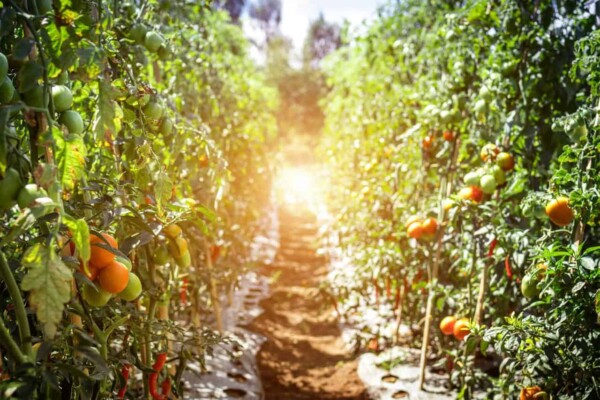
I have started growing peanuts and I need a ready market,this season have manage like 70kg in a small area, kindly advise